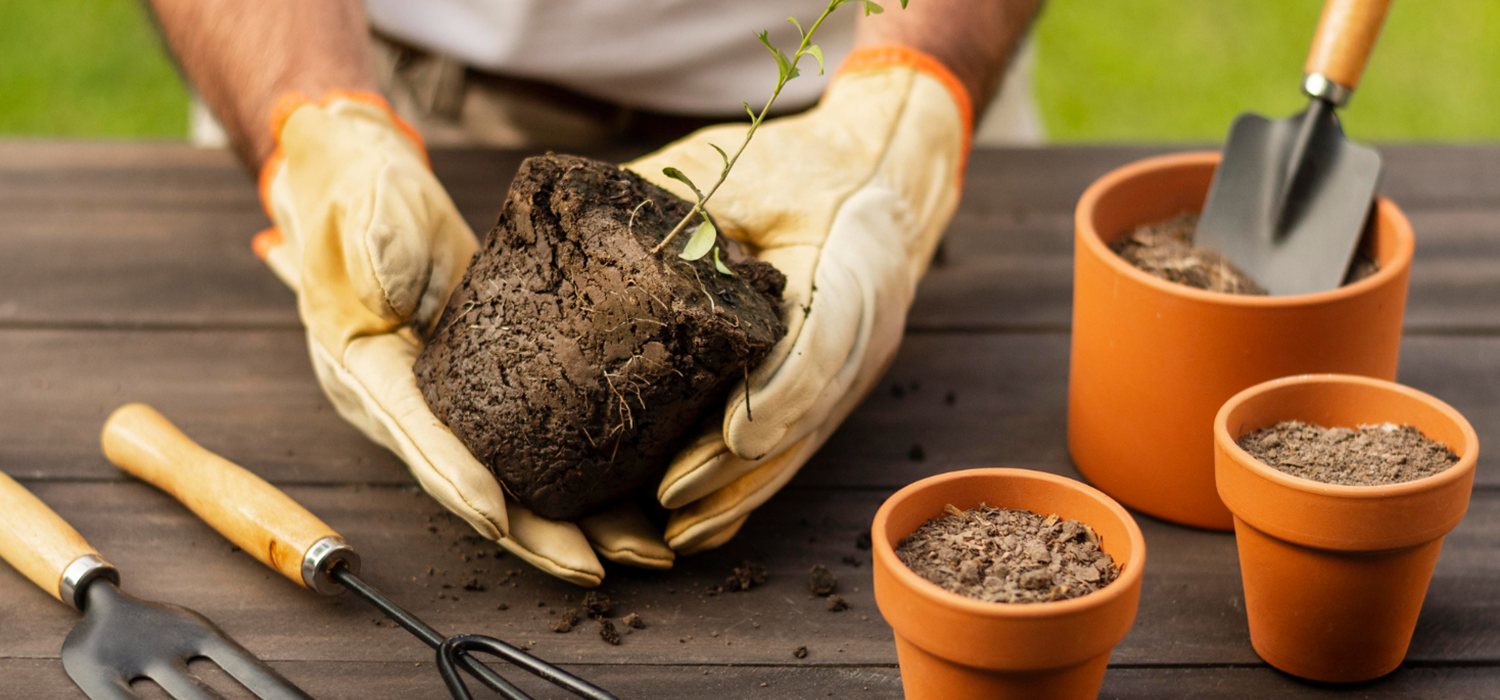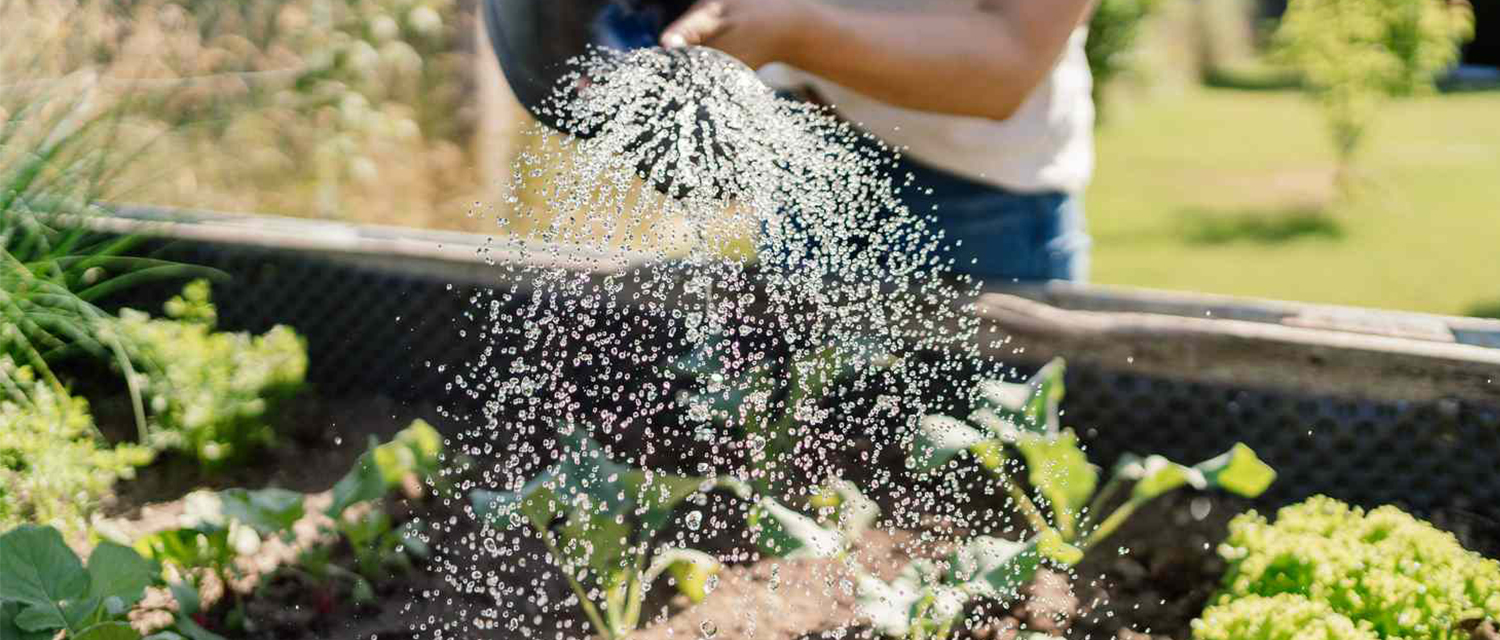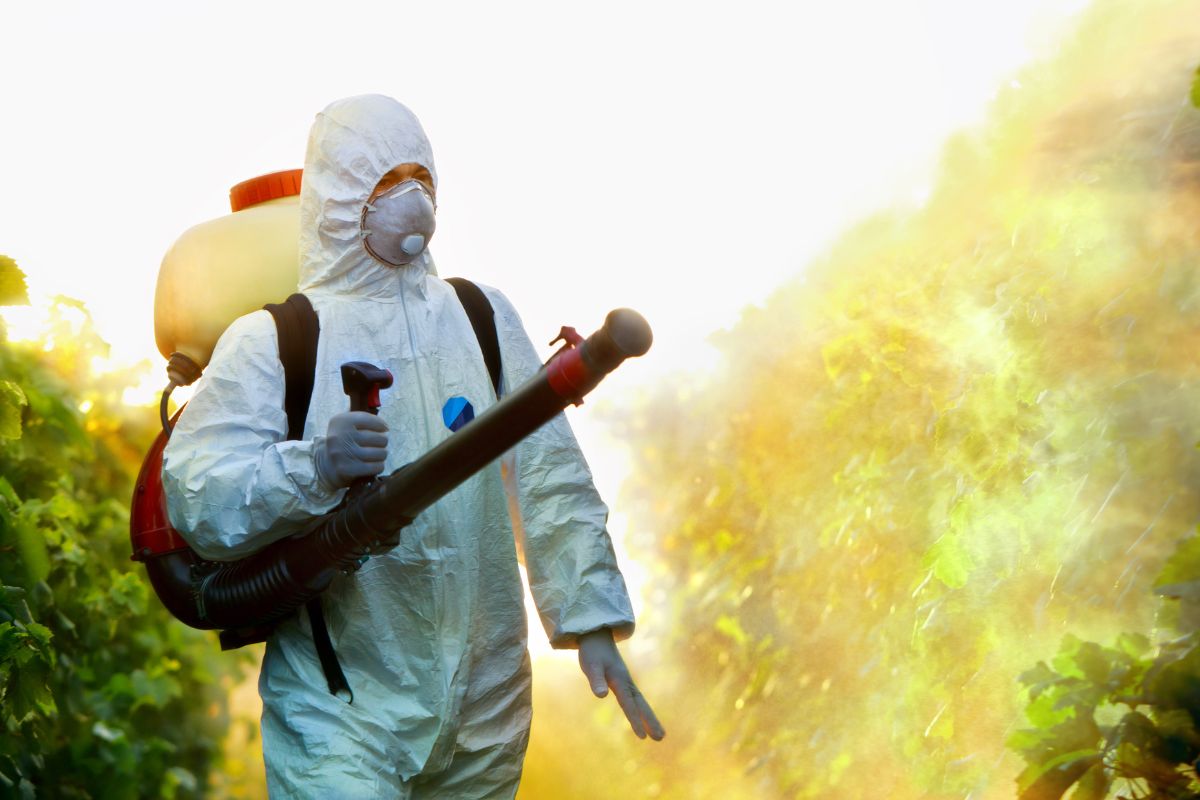Get free quotes within minutes
11 Dangerous Trees you Should Never Plant in Your Yard
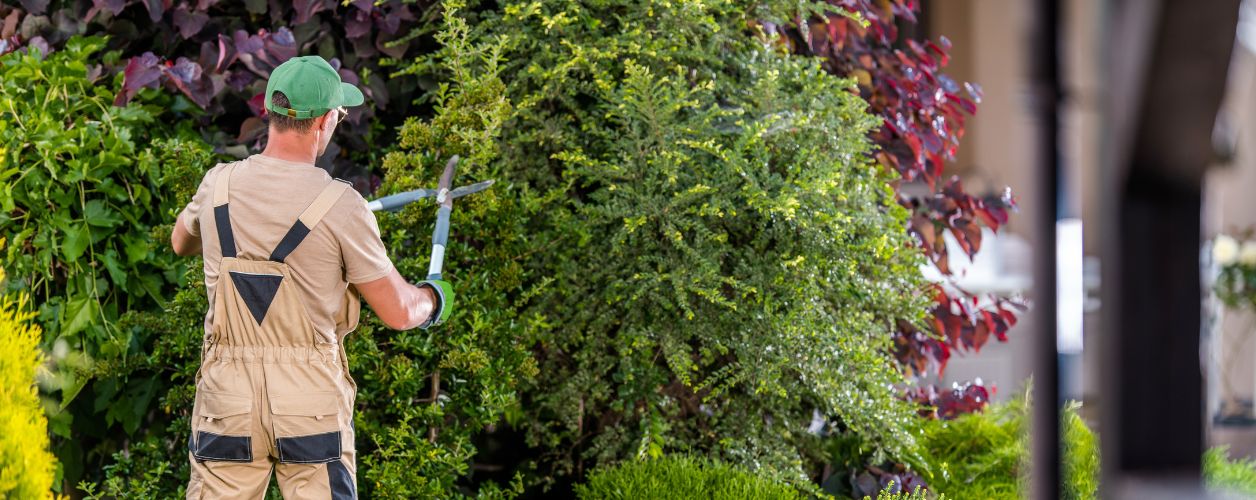
Table Of Content
- Introduction
- The Yellow Oleander
- The Australian Pine
- The Black Wattle
- The Giant Cestrum
- The Castor Oil Plant
- The Oleander
- The Coral Tree
- The Moreton Bay Fig
- The Cypress Pine
- The Jacaranda
- The Weeping Willow
- How To Choose The Right Tree For Your Yard?
- Conclusion
Most people picture a peaceful and lovely yard through eye-catching greenery trees along with blooming flowers and natural habitats in their minds when designing one. Any landscape depends predominantly on trees for its successful development. Trees provide three essential functions: they shade the environment, contribute to attractiveness, and offer privacy while being valuable wildlife habitats. Each tree variety exists at a different safety level. Regrettably, multiple trees in your yard can generate severe risks to your well-being and the property and environmental aspects. Some Australian tree species gain their notoriety because they demonstrate hazardous traits that include toxic characteristics and invasion tendencies, and destructive behavior. Thus, you must analyze the safety risks before planting any tree in your yard.
1. The Yellow Oleander (Thevetia peruviana)
Yellow Oleander exists naturally in tropical and subtropical Australian areas since it maintains toxic properties throughout its entire plant structure. The broad landscaping usage of this tree depends on its neon yellow bloom despite dangerous side effects. All elements of the Yellow Oleander tree become poisonous when consumed by humans. A person only needs to consume a minor amount of Yellow Oleander parts to suffer severe poisoning that leads to vomiting along with abdominal pain and cardiac issues.
Consuming significant amounts of the toxic substances called cardiac glycosides in Yellow Oleander results in dangerous heart arrhythmias which can be fatal. Having children or pets in your house creates an imperative reason for excluding the Yellow Oleander tree from your garden.
2. The Australian Pine (Casuarina equisetifolia)
People commonly view the Australian Pine as an unthreatening beachside tree but it presents significant potential dangers. Large-sized invasive species classification makes Australian Pine harmful to the environment by damaging natural ecosystems. The aggressive root system of this plant leads to destruction of nearby constructions, such as foundations and fences together with pathways.
The Australian Pine drops numerous pointy leaves when it sheds its foliage thus endangering both kids who play in the yard and pets when they walk under it. The intense root system of the tree creates problems with plant growth by impeding the development of nearby vegetation thus making it an unfavorable garden selection.
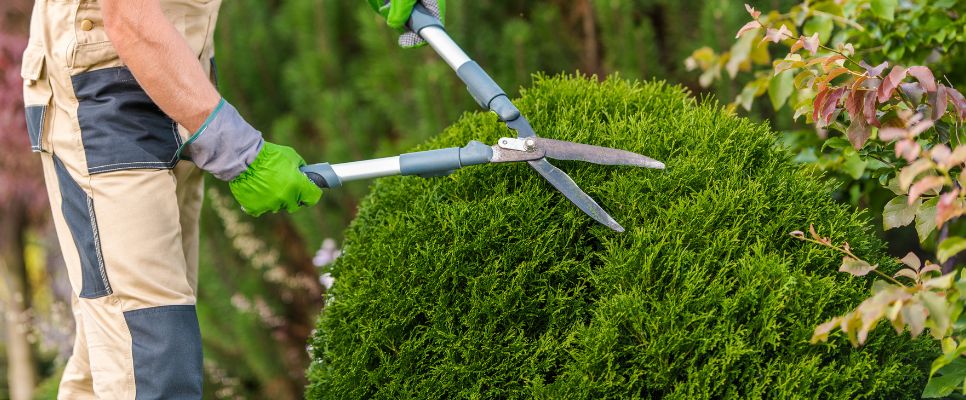
3. The Black Wattle (Acacia mearnsii)
The Black Wattle represents a major yard problem when it grows wild throughout your property in Australia. The plant shows aggressive growth behavior because it spreads outside its cultivation area thus wiping out indigenous flora and modifying local ecological systems. Black Wattle pollen triggers asthma and hay fever symptoms through its allergic effect on human bodies.
Black Wattle trees grow short because of their life span and develop age-related weaknesses which leads to maximum fall risk causing damages to buildings or injuring passersby. The tree loses heavy amounts of debris which results in continuous maintenance needs.
4. The Giant Cestrum (Cestrum giganteum)
Giant Cestrum originates from the West Indies and serves as a garden ornament throughout Australian properties because of its odorless blooms. The attractive plant possesses dangerous toxins which pose grave threats to human beings and every creature including animals. When consumed the berries found on this tree prove poisonous to humans because they induce nausea while also triggering vomiting reactions that might lead to coma conditions.
Plants of this species should be situated out of reach of children and animals because consuming a minimal amount of berries could potentially be deadly.
5. The Castor Oil Plant (Ricinus communis)
Due to its dangerous ricin content the Castor Oil Plant's appearance as a simple decorative tree turns out to be a lethal plant. An individual can experience fatal poisoning from eating ricin which exists in these plant seeds. Consuming a single seed from this plant will cause all the symptoms from nausea to vomiting to abdominal pain to organ failure until death.
The seeds of Castor Oil Plants contain toxic properties leading to extreme harm to human health making them dangerous for any form of ingestion. The Castor Oil Plant presents excessive danger to young people along with pets so homeowners should never grow it in their lawns or gardens.
6. The Oleander (Nerium oleander)
The Australian garden contains Oleander among its most lethal plant species. People mistaking its plentiful white pink and red flower bloom for something harmless ends up deceiving them about this unsafe ornamental tree. The toxic substances within Oleander plants result in severe poisoning when swallowed because ingestion leads to nausea vomiting and heart arrhythmia symptoms. Smoking Oleander by inhaling its burning emissions remains consistently dangerous at all times.
Due to its toxic components Oleander should be eliminated from areas with active child or animal presence. All parts of Oleander trees demonstrate toxic properties because they include poisonous compounds that exist in leaves and flowers along with seeds.
7. The Coral Tree (Erythrina species)
Coral Trees gain popularity through their appearance of striking red flowers combined with their quick growth rate. Seeds of the tree contain harmful elements that result in severe gastrointestinal problems when swallowed. The harmful alkaloid chemicals found in Oleander seeds produce toxic effects that cause vomiting together with diarrhea and dizziness symptoms.
Due to its dangerous defensive mechanism the Coral Tree has sharp thorns that create safety risks for both humans and animals approaching it. Unpruned Coral Trees risk inflicting painful wounds since their prickly features remain unmanaged.
8. The Moreton Bay Fig (Ficus macrophylla)
The Moreton Bay Fig tree stands as an impressive specimen because its domed branches extend widely and produce aerial root systems. The large tree together with its forceful root system results in serious damage to buildings and grasses in the area. When roots penetrate below the ground they reach buried pipes and foundations thus causing owners to pay for costly restorations.
Large size along with wide-spread roots classify the Moreton Bay Fig as a substandard tree addition to residential areas especially small properties. The fallen leaves along with fruits from this tree will create unnecessary yard mess that requires frequent cleanup activities.
9. The Cypress Pine (Callitris spp.)
The Australian-native Cypress Pines thrive in landscaping due to their strong nature and their attractive qualities. The presence of these trees imposes substantial problems for people who have allergies. The allergy-triggering properties of its pollen present a strong reason why Cypress Pines should not be selected for use by families who experience respiratory sensitivities.
The leaves of Cypress Pines possess pointy needle shapes which endanger children and pets when encountered. Home gardens tend to avoid the Cypress Pines because these trees produce allergens along with unsafe appendages that endanger people.
10. The Jacaranda (Jacaranda mimosifolia)
The Jacaranda tree attracts admiration because of its striking appearance and spectacular purple flowers. Its extensive roots tend to create issues which become more troublesome in compact yards. Jacaranda roots gain a reputation for penetrating pipes, pathways along with foundations to produce substantial damage.
Unlike toxic species the Jacaranda tree poses no danger to life but its excessive flower and seed drop requires regular yard cleaning. People with small yards along with maintenance-orientation gardeners should consider alternative plant options due to the Jacaranda's requirements.
11. The Weeping Willow (Salix babylonica)
The Weeping Willow stands out as an ornamental tree because it presents both an elegant framework along with drooping branches. The Weeping Willow creates multiple difficulties that affect its use as an ornamental tree. The extensive root development of Weeping Willows becomes invasive because they damage foundation structures together with plumbing infrastructure. The weeping willow sheds important quantities of leaves alongside twigs and pollen thus creating maintenance complications and cosmetic debris problems.
Despite its nontoxic properties the Weeping Willow poses safety risks to properties subject to frequent heavy winds or cyclonic storms.
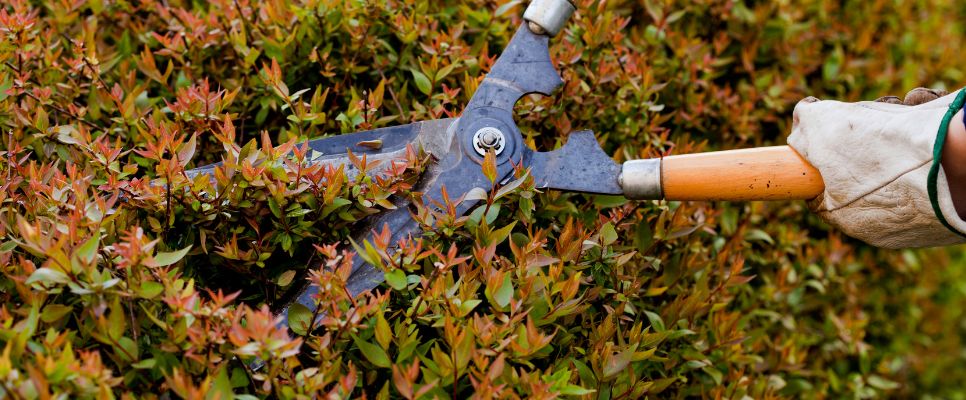
How to Choose the Right Tree for Your Yard
Selecting a yard tree demands evaluating both appearance and possible damages it might cause to your property. Review the following checklist so you can find suitable low-risk trees suitable for your garden area:
Select native Australian species which suit your climate zone and manage your environment naturally.
Assess the tree dimensions to match the space of your yard area. The aesthetic advantages of smaller trees match those of large trees but they present reduced threats to structures in your surroundings.
Plants with toxic components should not be used in your landscaping especially when you maintain family members involving children or domestic pets.
You should ask local authorities including nurseries, arborists, or even hire a gardener to help determine the safest and most suitable tree species.
Conclusion
Making wise tree choices for your yard remains essential since the wrong selection can bring safety hazards to your outdoor space. Timber species including Oleander with poisonous features combine with Castor Oil Plant as hazardous trees while Australian Pine and Black Wattle function as invasive elements that damage health and property alongside environmental systems. Researching with local gardening experts will help you find trees that blend safety with sustainability and attractiveness in your outdoor area.







